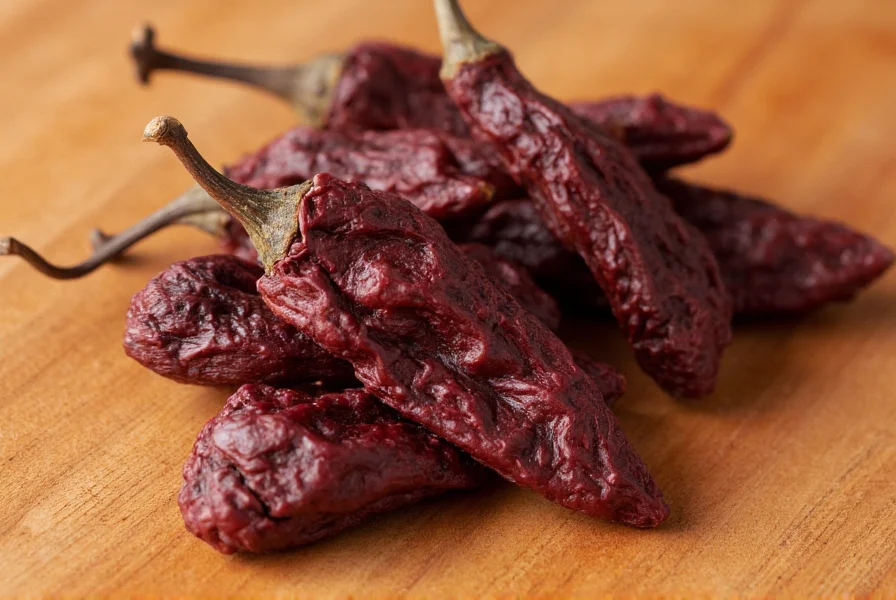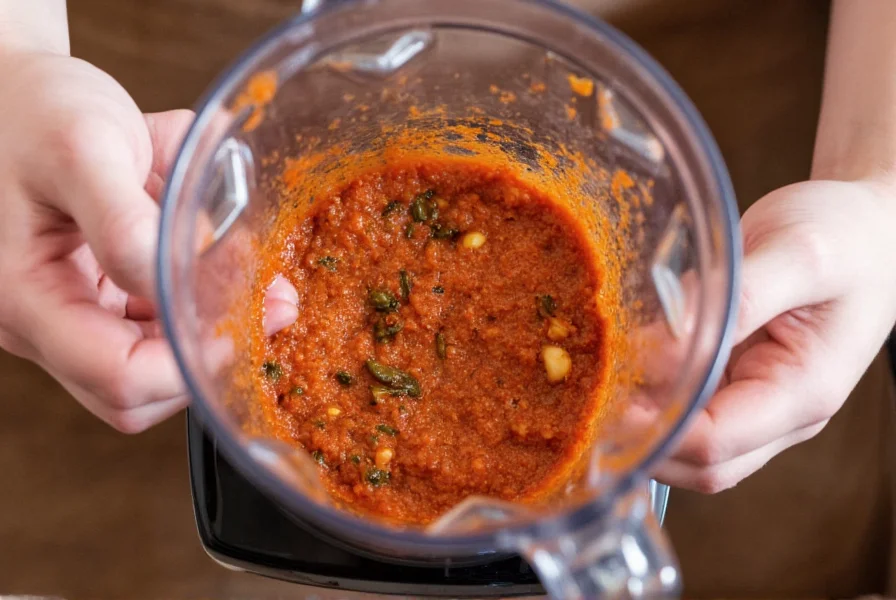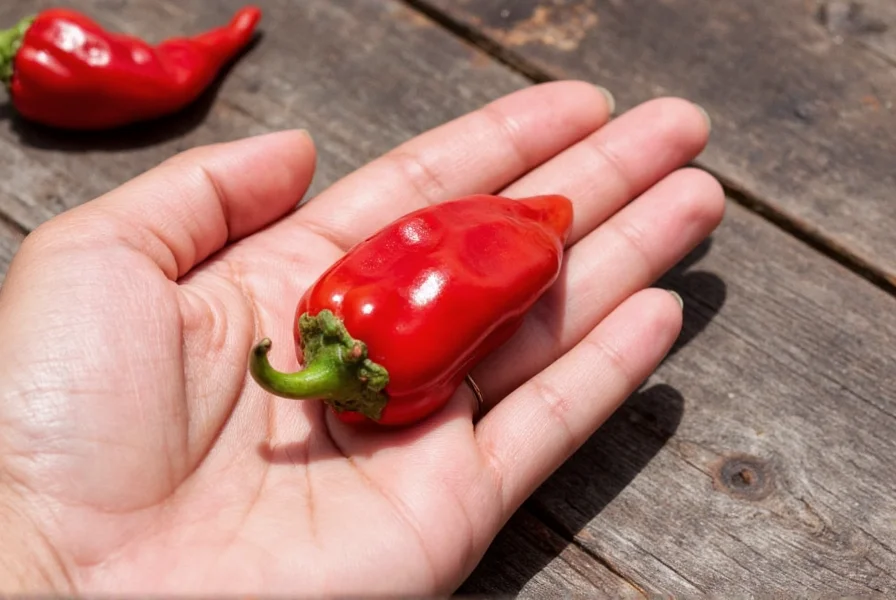Understanding what is chipotle pepper requires exploring its transformation from fresh jalapeño to smoked delicacy. The term "chipotle" comes from the Nahuatl (Aztec) words "chil" (chili) and "poctli" (smoked), literally translating to "smoked chili." This ancient preservation technique dates back to pre-Hispanic times when indigenous peoples in Mesoamerica developed smoking methods to extend the shelf life of their chili harvests.
The Transformation Process: From Jalapeño to Chipotle
What is chipotle pepper if not a testament to culinary ingenuity? The process begins with fully ripened red jalapeños, which are carefully selected for their maturity and quality. These ripe peppers undergo a slow smoking process that typically lasts several days. Traditionally, this smoking occurred over wood fires using mesquite or oak, imparting that characteristic smoky flavor that defines authentic chipotles.
The smoking process serves multiple purposes: it dehydrates the peppers (reducing moisture content from about 90% in fresh peppers to around 10% in dried), preserves them for extended storage, and develops complex flavor compounds through the Maillard reaction and other chemical transformations. This careful balance of smoke, heat, and time creates the distinctive chipotle flavor profile that chefs and home cooks prize.

Chipotle Pepper Varieties and Forms
When exploring what is chipotle pepper, it's important to understand the different forms available to consumers:
| Form | Description | Common Uses |
|---|---|---|
| Dried Whole Chipotle | Complete smoke-dried jalapeños, often sold in bulk or packaged | Rehydrated for sauces, salsas, or ground into powder |
| Chipotle in Adobo Sauce | Dried chipotles rehydrated and canned in a tangy tomato-based sauce | Ready-to-use in recipes requiring immediate smoky heat |
| Chipotle Powder | Ground dried chipotle peppers, sometimes with additional spices | Dry rubs, spice blends, or direct addition to dishes |
| Chipotle Puree | Smooth paste made from reconstituted chipotles | Marinades, dressings, or as a base for sauces |
Flavor Profile and Heat Level
Understanding what is chipotle pepper means appreciating its complex flavor dimensions. Unlike fresh jalapeños that offer primarily vegetal heat, chipotles provide:
- Smoky depth - The dominant characteristic from the smoking process
- Earthy notes - Developed during the drying and smoking
- Subtle sweetness - From the fully ripened red jalapeño base
- Moderate heat - Typically 2,500-8,000 Scoville units (SHU)
- Tangy undertones - Especially in chipotles canned in adobo sauce
When comparing chipotle pepper vs jalapeño, the heat level is actually higher in chipotles because the drying process concentrates the capsaicin. However, the smoky flavor often masks some of the heat perception, making them seem milder than they technically are. For reference, chipotles fall between poblano peppers (1,000-2,000 SHU) and cayenne peppers (30,000-50,000 SHU) on the Scoville scale.
Culinary Applications of Chipotle Peppers
What is chipotle pepper good for in cooking? These versatile ingredients enhance numerous dishes across various cuisines:
For those wondering how to use chipotle peppers in cooking, start by rehydrating dried chipotles in hot water for 20-30 minutes until softened. The resulting liquid can be used in sauces for additional flavor. Chipotle in adobo requires no rehydration and can be chopped directly into recipes. When substituting chipotle for fresh jalapeños, remember that the flavor profile is dramatically different—chipotles provide smokiness that fresh peppers cannot replicate.
One popular technique is creating a chipotle paste by blending rehydrated peppers with a small amount of their soaking liquid. This paste can be frozen in ice cube trays for convenient portioning. Understanding chipotle pepper substitutes is also valuable—smoked paprika combined with cayenne can approximate the flavor in a pinch, though it won't provide the same texture.

Nutritional Profile and Storage
Chipotle pepper nutrition facts reveal these dried chilies are nutrient-dense. A single dried chipotle (about 5g) typically contains:
- Approximately 15-20 calories
- 1-2g dietary fiber
- Significant vitamin A and C (though reduced from fresh peppers due to drying)
- Small amounts of iron, potassium, and magnesium
- Capsaicin, which has been studied for potential metabolic benefits
Proper storage is essential for maintaining quality. Dried chipotles should be kept in airtight containers away from light and moisture—they'll typically last 6-12 months. Chipotle in adobo sauce must be refrigerated after opening and used within 2-3 weeks, or frozen for longer storage. For extended preservation, many cooks freeze chipotle in adobo in ice cube trays, then transfer the frozen cubes to freezer bags for convenient portioning.
Common Questions About Chipotle Peppers
Understanding what is chipotle pepper often leads to several practical questions for home cooks and culinary enthusiasts. The difference between chipotle and regular jalapeño is primarily the smoking process—fresh jalapeños are green and have a bright, grassy heat, while chipotles are smoke-dried red jalapeños with deep, complex flavors. When considering chipotle pepper vs smoked paprika, remember that while both offer smokiness, chipotles provide actual heat and a more complex flavor profile, whereas smoked paprika is milder and primarily offers smoke flavor without significant heat.











 浙公网安备
33010002000092号
浙公网安备
33010002000092号 浙B2-20120091-4
浙B2-20120091-4